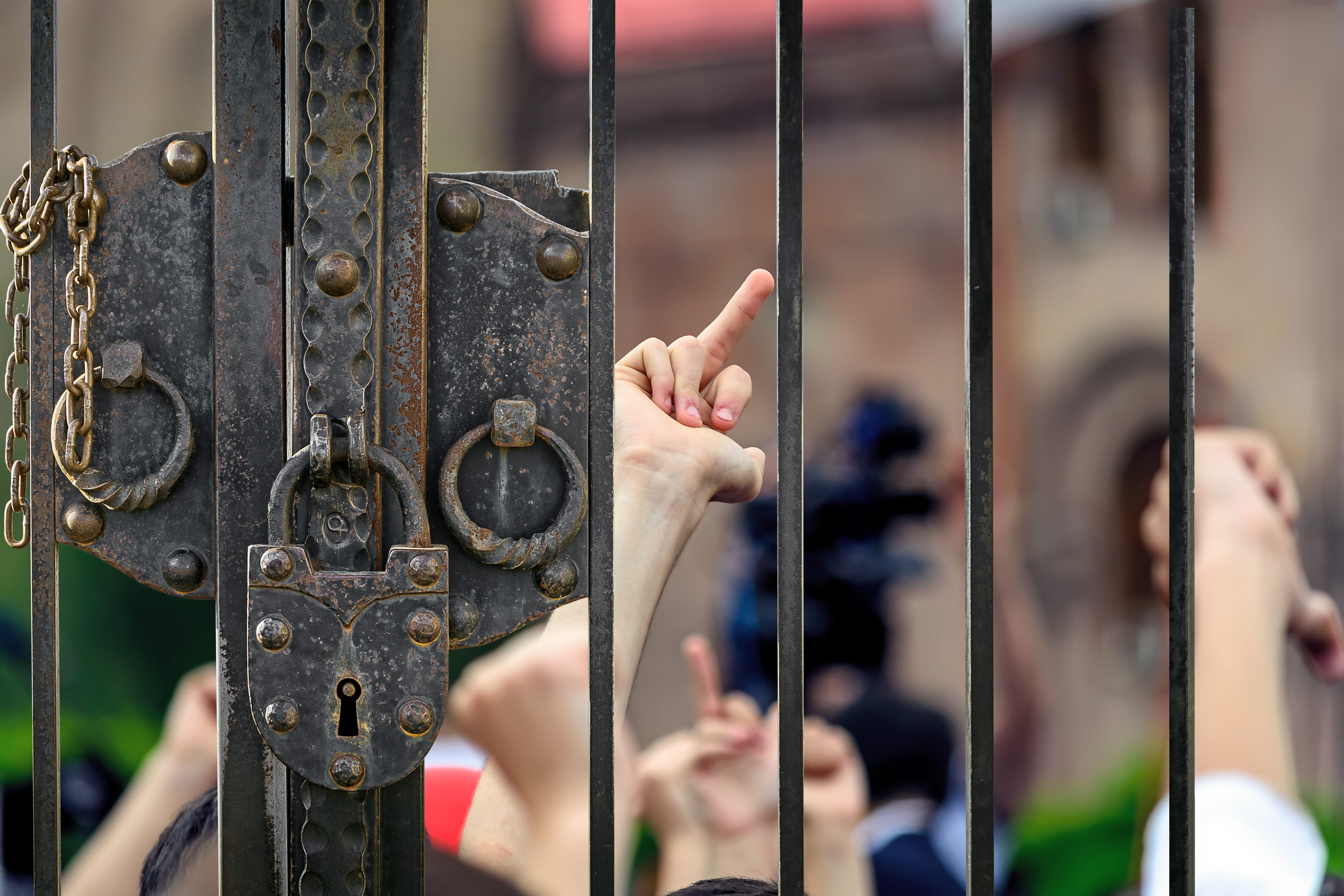Share This Article
Poppy Morandin.
A group of prisoners in Queensland have been sentenced following their involvement in a riot in April 2020, which necessitated thousands of dollars in repairs.
The group armed themselves with smashed glass, broken chairs, and racquets.
The unrest at the high-security Queensland prison was caused by measures enforced due to the spread of COVID-19, which meant that visits and activities were restricted.
Family and other visitor interactions were limited, and prisoners were often locked up in cells for up to 20 hours at a time.
10 men – Scott David Baker, Jesse Joe Arthur Byrne, Harley James Evans, Daniel Jagger Hyde, Nathan John Eric Morgan, Pene Nauer, Nathan Brett Pollock, Charles Bell Riley, Jarred Taylor Strafford, and David Raymond Rahurahu – fronted Brisbane District Court over the incident.
Four of those involved appeared in person, whilst the remaining six appeared via video link from Woodford Correctional Centre.
Crown prosecutor Dejana Kovac recounted how all the men began rioting in the exercise yard at 1.30pm on April 14, 2020.
The group had been either serving a sentence, or were on remand, at the time of the incident.
The men armed themselves with makeshift weapons, including shards of glass, broken chair legs and squash racquets.
Many tied shirts around their faces and poured water over their heads to protect themselves from tear gas.
Nathan Morgan was distinguished as one of the main organisers of the riot.
CCTV footage was played to the court showing windows being smashed and the group barricading the door to the exercise court.
Corrective services officers were unable to de-escalate the situation themselves, resulting in the riot squad having to become involved.
The riot squad deployed tear gas as prisoners fled the yard, bringing an end to the riot after 3.30pm.
More than $32,000 in damages was caused to the prison.
Defence lawyers for the accused persons argued each of the men had different roles during the riot, with some evidently being less culpable than others.
Judge Smith asserted that the approach by Corrective Services to COVID-19 was entirely appropriate in order to keep the virus out of the jails, and the prisoners’ actions were unjustified.
Ultimately, each of the men received cumulative jail terms ranging from 15-18 months.
In NSW, responses to COVID-19 saw the prison population fall sharply by 10.7%.
Most of the decline occurred in the remand population, which was down 1,049 people.
The sentenced prisoner population fell by 559 people, which amounted to 30% of the decline.
These drops were welcome to many, with statistics from 2017 revealing that the number of assaults in overcrowded NSW prisons had soared by 37 per cent in the past two years.
Riot Offences, Penalties and Defences in NSW
Involvement in a ‘riot’ is an offence under section 93B of the Crimes Act 1900 (NSW).
The Act classifies a riot as where 12 or more persons who are present together use or threaten unlawful violence for a common purpose and the conduct of them (taken together) is such as would cause a person of reasonable firmness present at the scene to fear for their personal safety.
The maximum penalty applicable is imprisonment for 15 years.
It notes that it is immaterial whether or not the 12 or more persons use or threaten unlawful violence simultaneously.
Furthermore, it has been held that it is not necessary for the prosecution to establish that alleged participants in a riot were in close proximity to each other (Parhizkar [2014] NSWCCA 240).
No person of reasonable firmness need actually be, or be likely to be, present at the scene.
This means that the ‘person of reasonable firmness’ prescribed in the legislation is often hypothetical in that an accused may be found guilty of riot, even if no other uninvolved person was at the scene, or was even likely to be at the scene, to observe the supposed violence.
The offence can be committed in private as well as public places.
A person is guilty of riot only if the person intends to use violence or is aware that their conduct may be violent, pursuant to section 93D of the Crimes Act 1900 (NSW).
A ‘common purpose’ is a particular cause or issue each of the people involved seeks to address, and this may be inferred from the conduct of those involved.
Defences to this charge include, Mental illness defence, duress or necessity, and self-defence.









